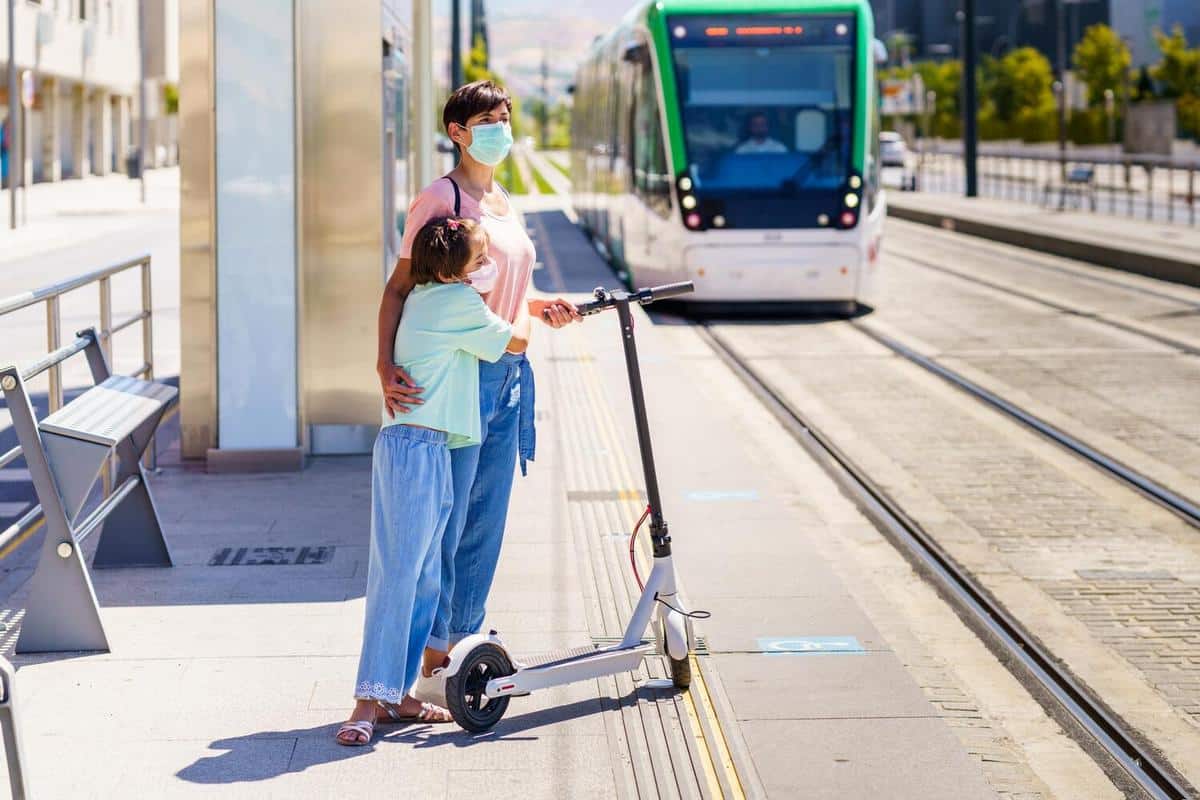
Zero Emission Zones: The Impact on Urban Traffic Patterns
As cities around the world strive to combat air pollution and reduce carbon emissions, Zero Emission Zones (ZEZs) are emerging as a pivotal solution in reshaping urban landscapes and traffic patterns.
Zero Emission Zones are designated areas where only vehicles that produce no emissions, like electric cars and bicycles, are allowed. These zones aim to create cleaner and healthier urban environments by reducing the number of combustion engine vehicles on the roads.
The Impact on Traffic Patterns
Introducing ZEZs significantly alters urban traffic patterns. A study by the International Energy Agency indicates a 20% reduction in traffic congestion in cities that have implemented such zones. This reduction is primarily due to decreased reliance on fossil-fuel vehicles and a shift towards public transportation and non-motorized alternatives.
Expert Opinions
Dr. Emily Chen, a transportation researcher, notes, “Zero Emission Zones not only improve air quality but also encourage the development of sustainable urban mobility solutions.”
Statistics and Research Findings
Research by the United Nations Environment Programme shows that cities with ZEZs have seen a 15% drop in particulate matter levels. This improvement in air quality has been linked to fewer health issues related to pollution.
Personal Anecdotes
Consider the case of Oslo, where the implementation of ZEZs has led to a more vibrant city center, attracting more pedestrians and cyclists. Residents report a quieter and more pleasant urban experience.
Actionable Tips for Cities
- Start with small pilot zones and gradually expand them.
- Invest in public transportation infrastructure to support the transition.
- Engage with local communities to raise awareness and support.
Comparative Table of Cities with ZEZs
| City | Year Implemented | Emission Reduction (%) | Congestion Reduction (%) |
|---|---|---|---|
| London | 2019 | 25 | 30 |
| Oslo | 2017 | 20 | 25 |
| Amsterdam | 2020 | 22 | 28 |
| Paris | 2021 | 18 | 20 |
| Berlin | 2018 | 19 | 23 |
| Milan | 2020 | 21 | 27 |
| Madrid | 2019 | 17 | 22 |
| Rome | 2021 | 16 | 21 |
Conclusion
Zero Emission Zones are transforming urban traffic patterns by promoting cleaner, quieter, and more sustainable cities. As more urban centers adopt these zones, the benefits will continue to expand, leading to healthier environments and enhanced quality of life. For cities considering ZEZs, taking small, informed steps can lead to significant, long-term benefits.
FAQs
What is a Zero Emission Zone?
A Zero Emission Zone is an area where only vehicles that produce no emissions are permitted, aiming to improve air quality and reduce pollution.
How do ZEZs impact local businesses?
While there may be initial adjustments, ZEZs often lead to increased foot traffic and a cleaner, more attractive environment for customers.
Can ZEZs help reduce noise pollution?
Yes, by reducing the number of combustion engine vehicles, ZEZs contribute to quieter urban areas.